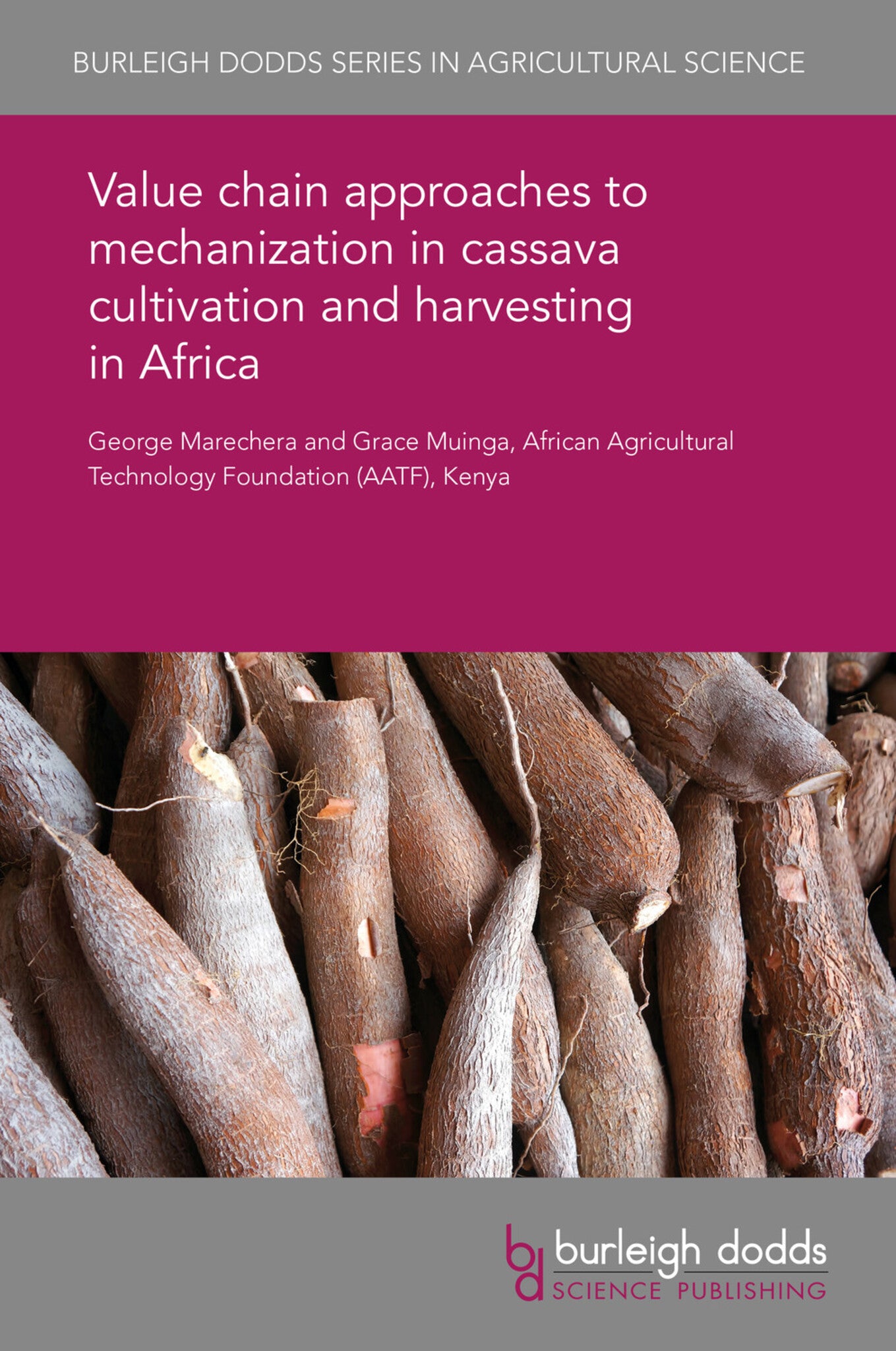We're sorry. An error has occurred
Please cancel or retry.
Value chain approaches to mechanization in cassava cultivation and harvesting in Africa

Some error occured while loading the Quick View. Please close the Quick View and try reloading the page.
Couldn't load pickup availability
- Format:
-
19 July 2017


TECHNOLOGY & ENGINEERING / Agriculture / Tropical Agriculture, Tropical agriculture, TECHNOLOGY & ENGINEERING / Agriculture / Agronomy / Crop Science, TECHNOLOGY & ENGINEERING / Agriculture / Sustainable Agriculture, Sustainable agriculture, Agronomy and crop production

1 Introduction 2 The benefits of mechanization 3 Obstacles to mechanization by smallholders 4 The AATF cassava mechanization experience 5 Mechanized production options for cassava 6 Assessing the effectiveness of mechanization 7 Business models for giving farmers access to farm machinery 8 Conclusions 9 References



